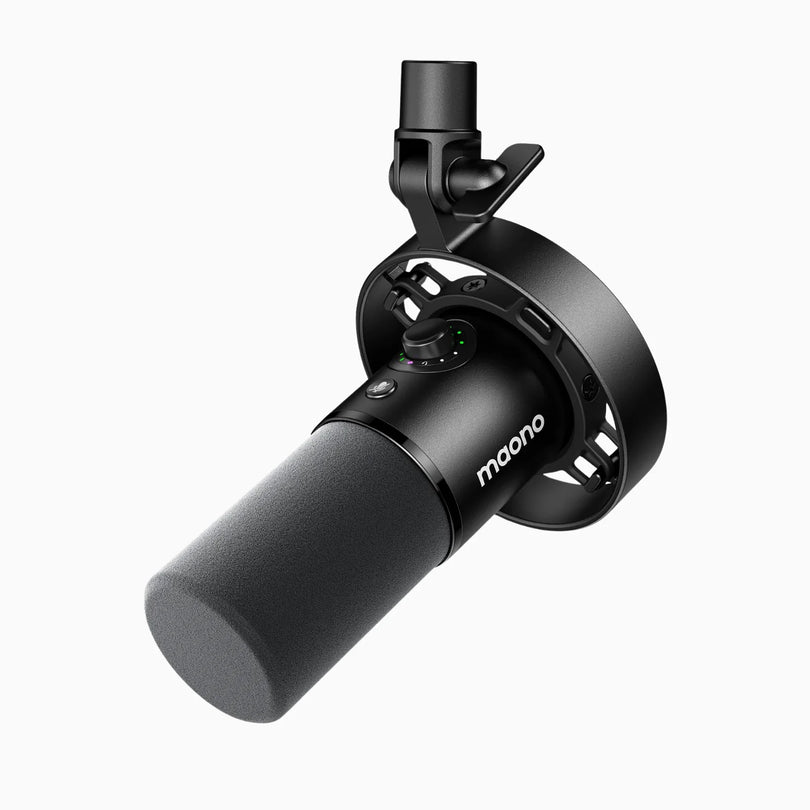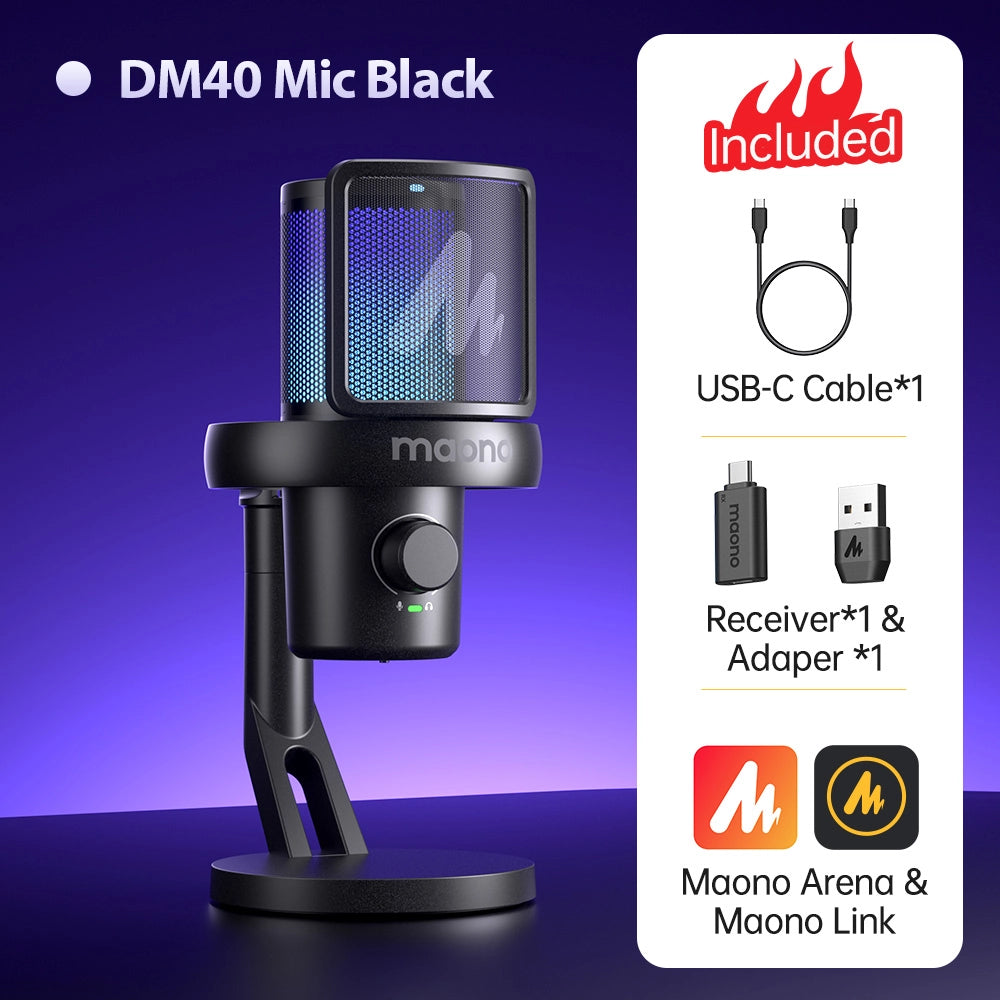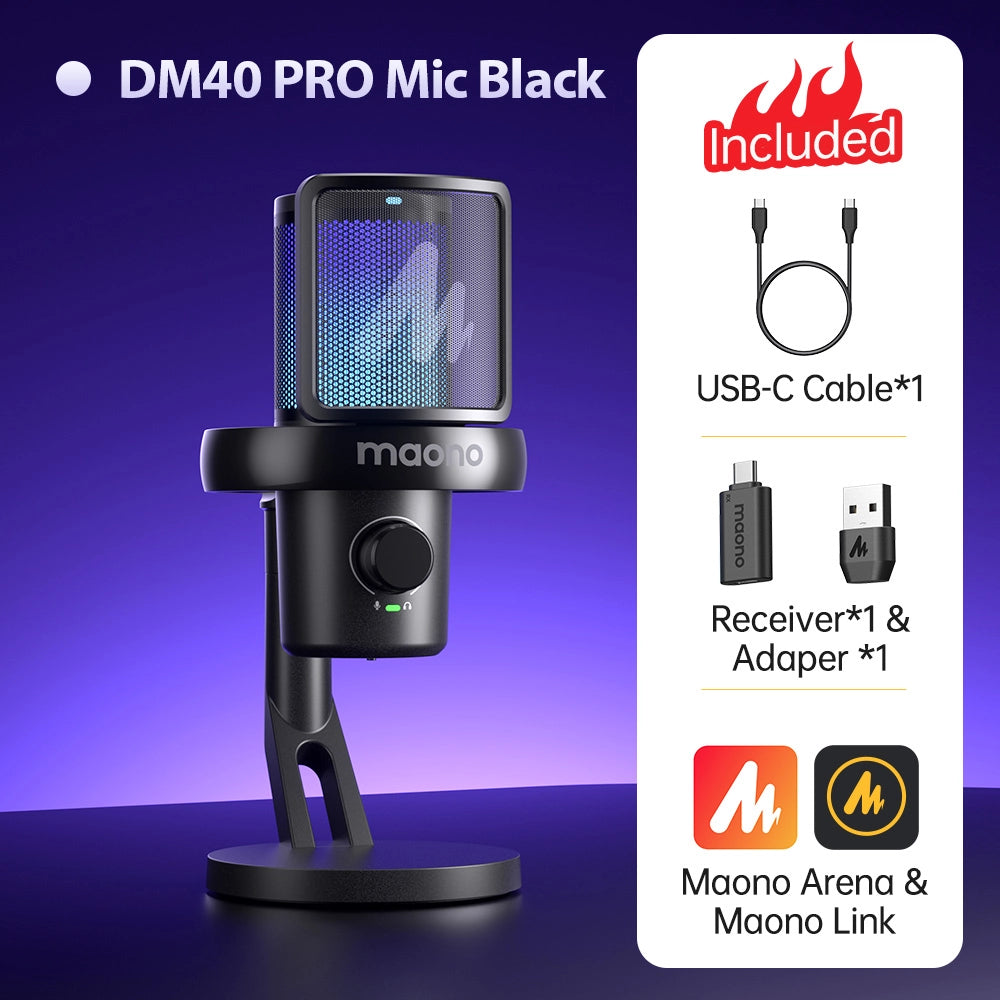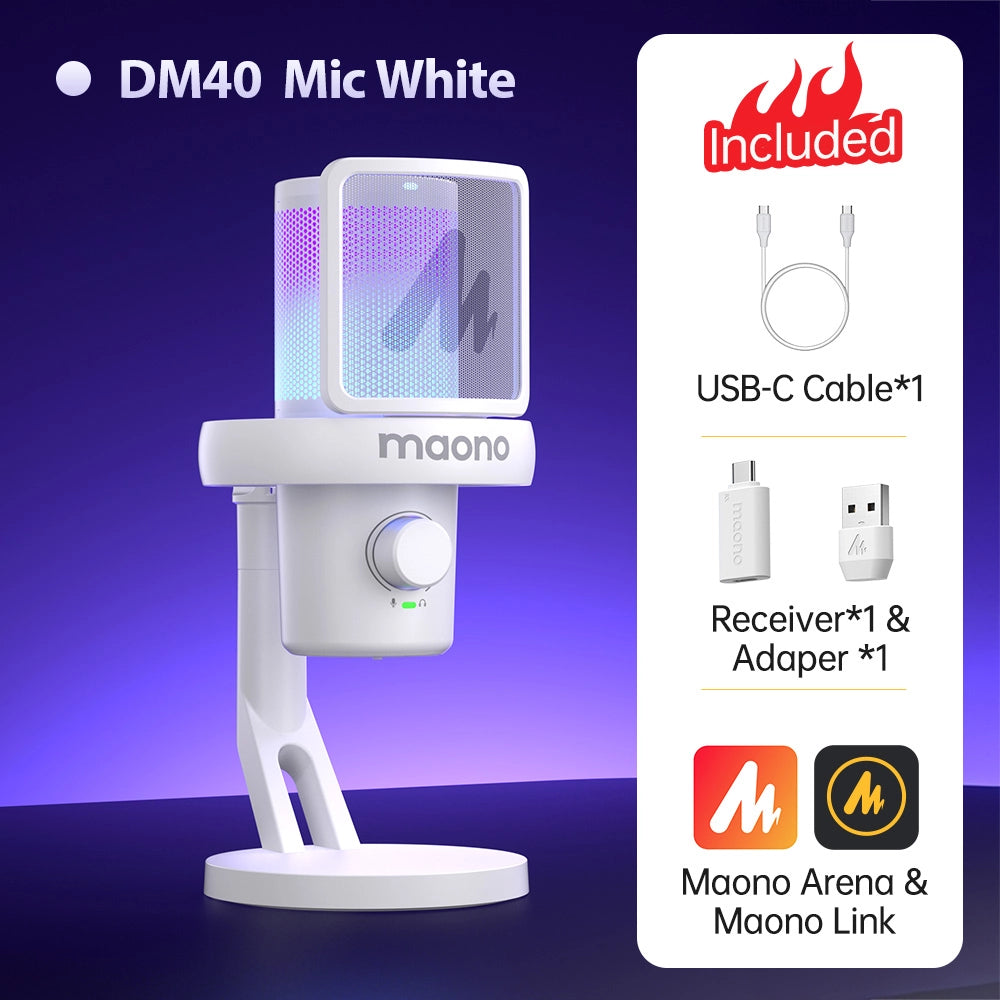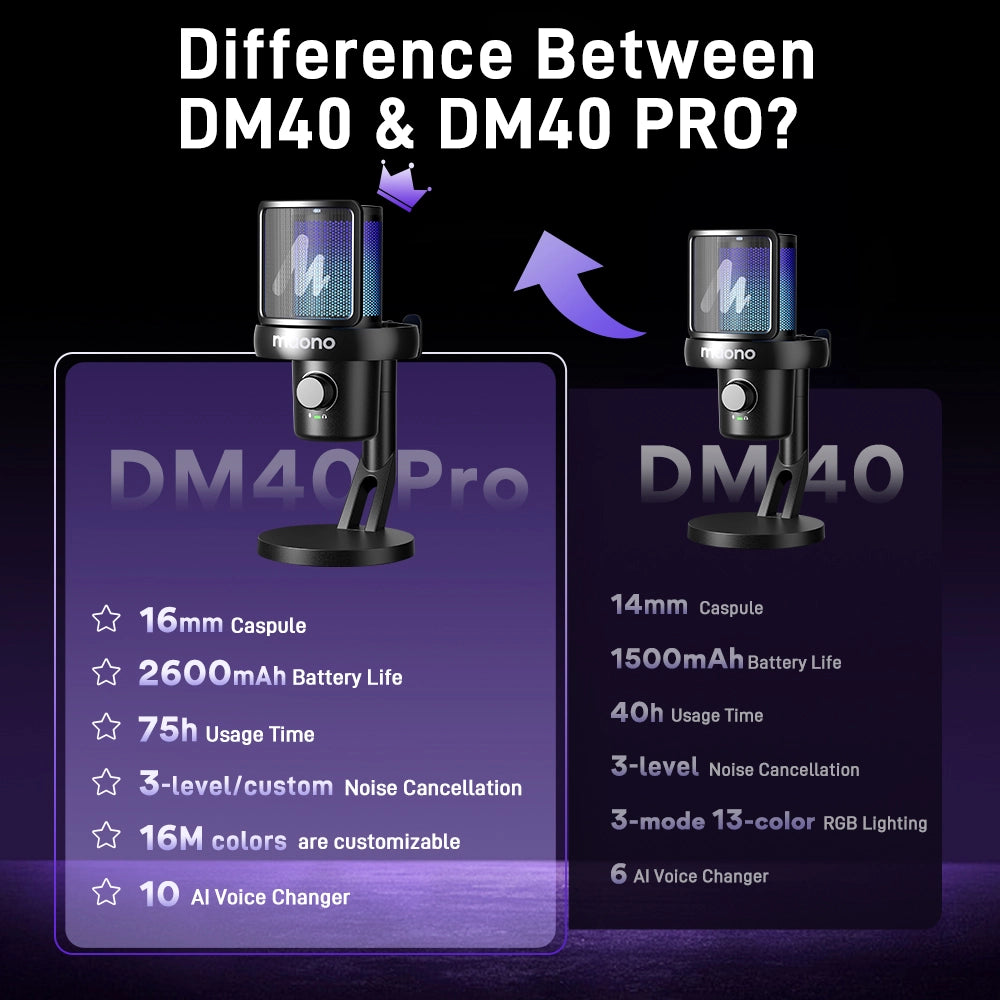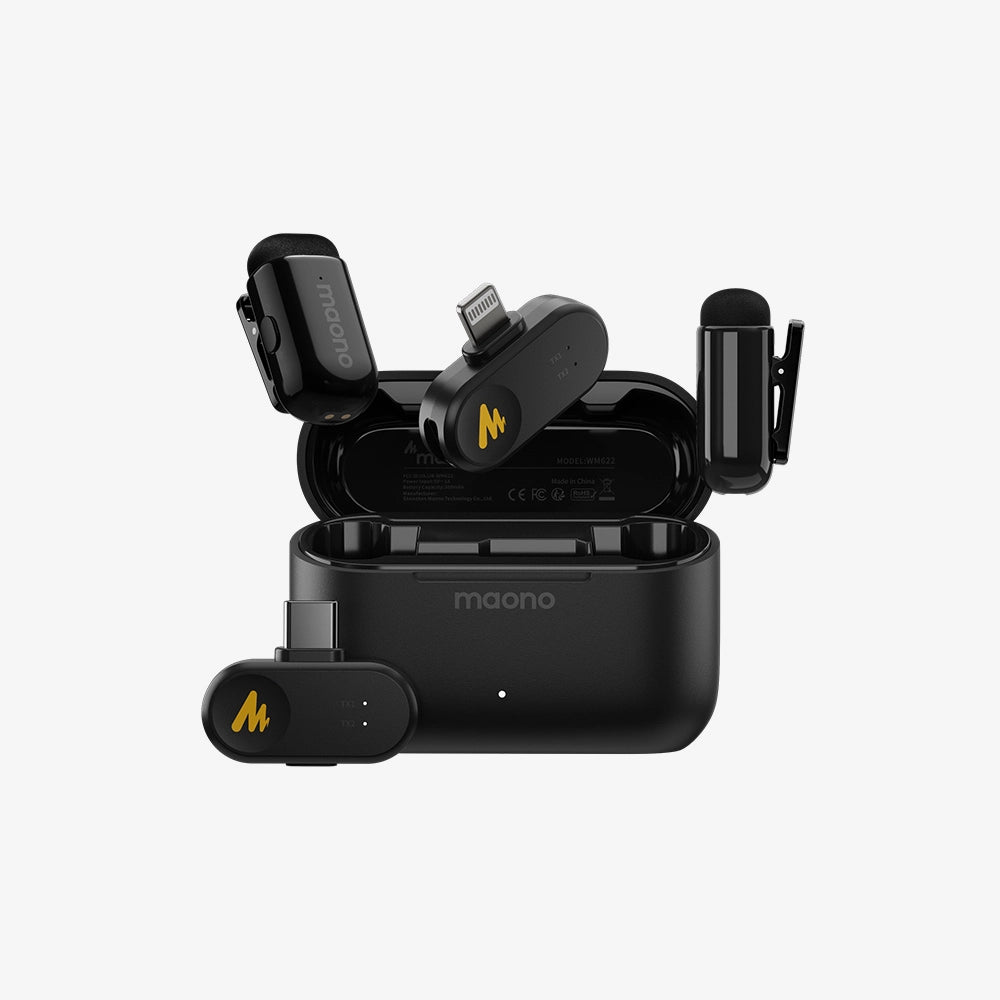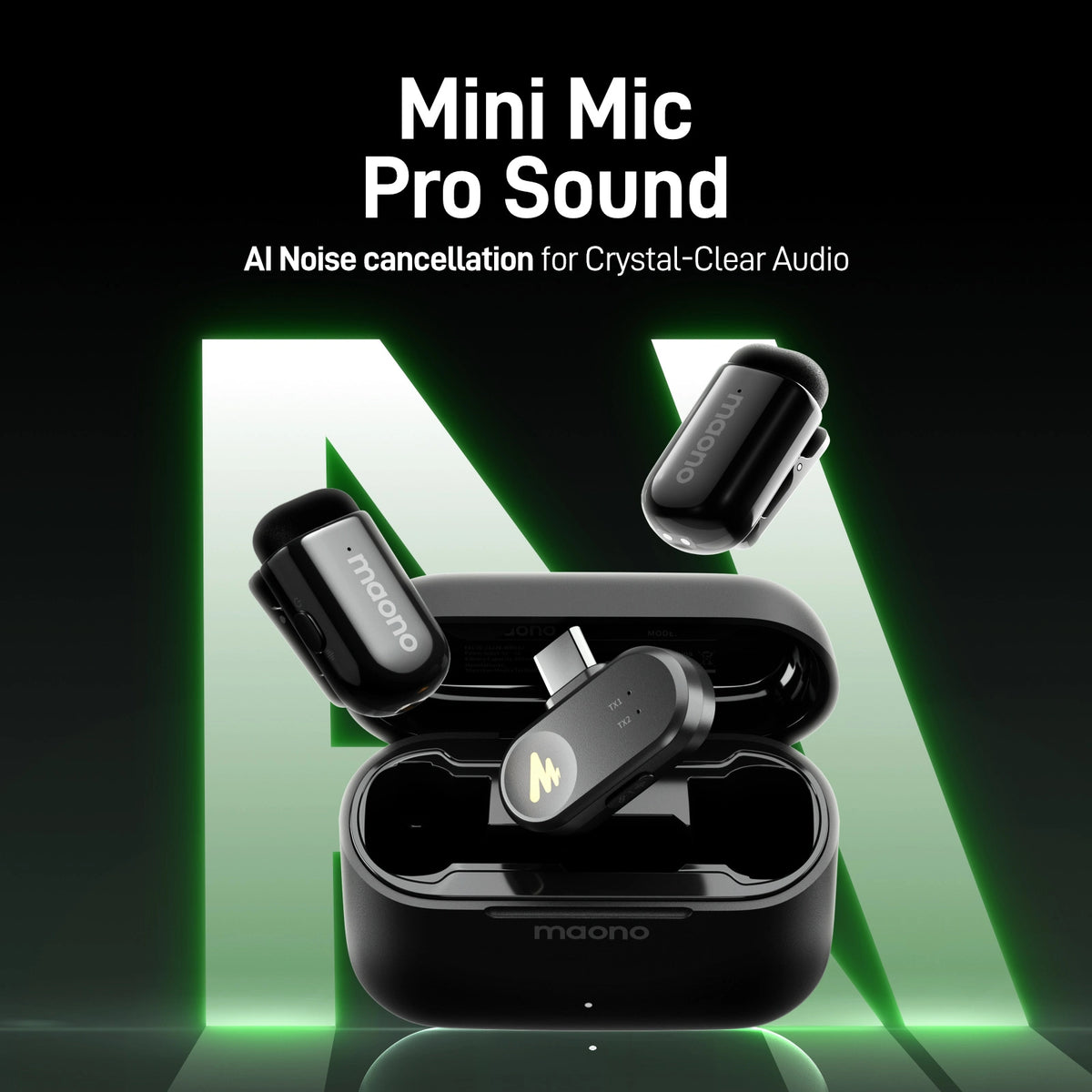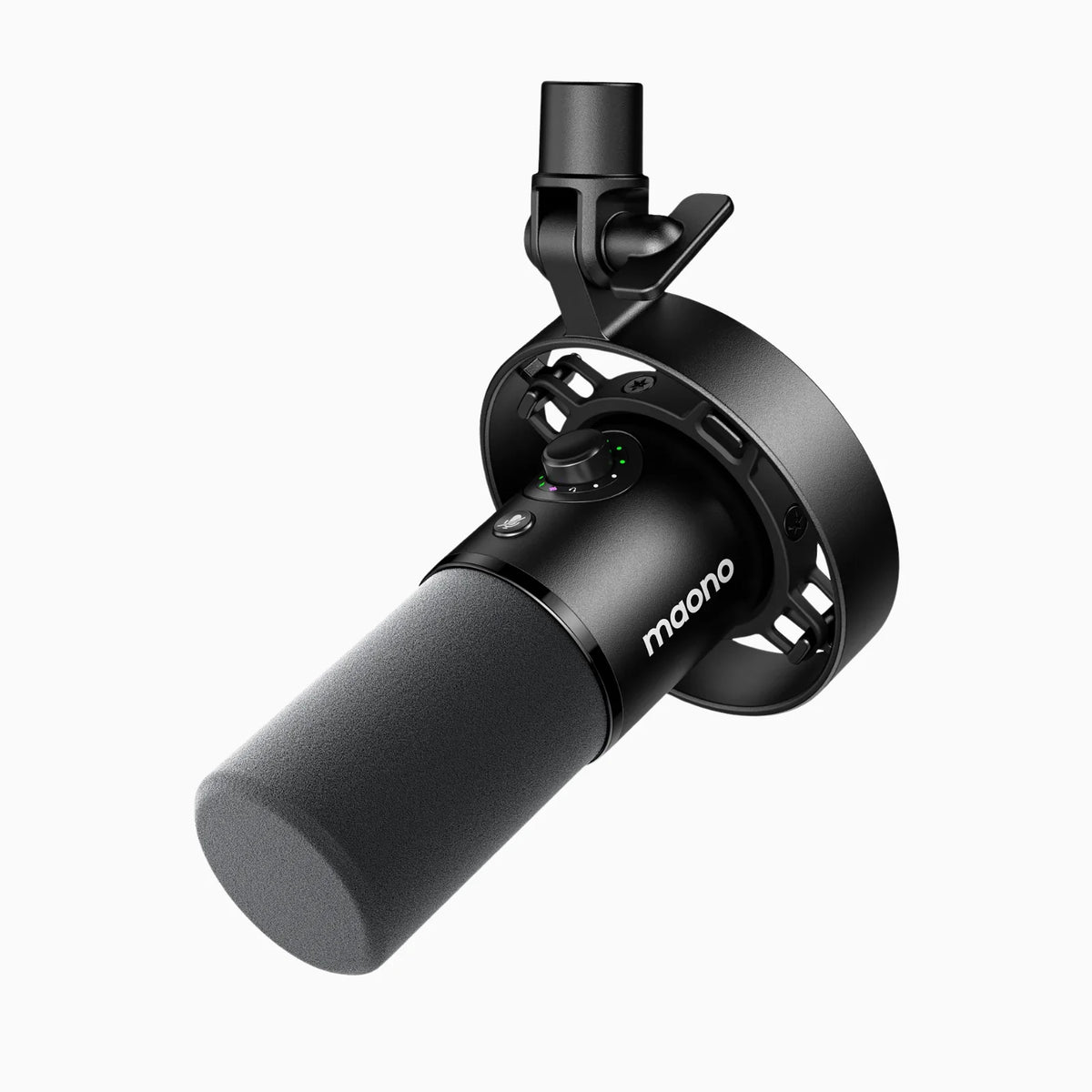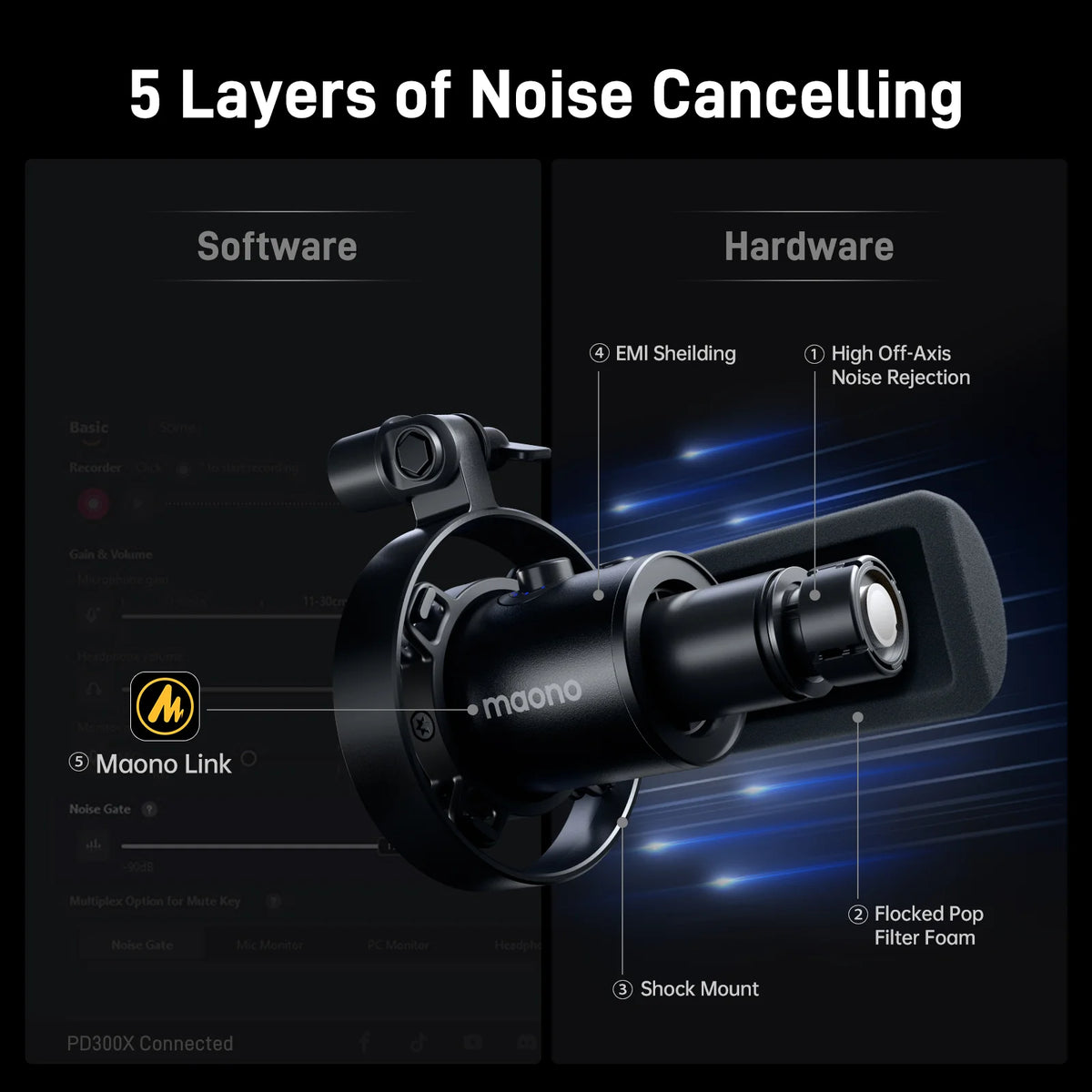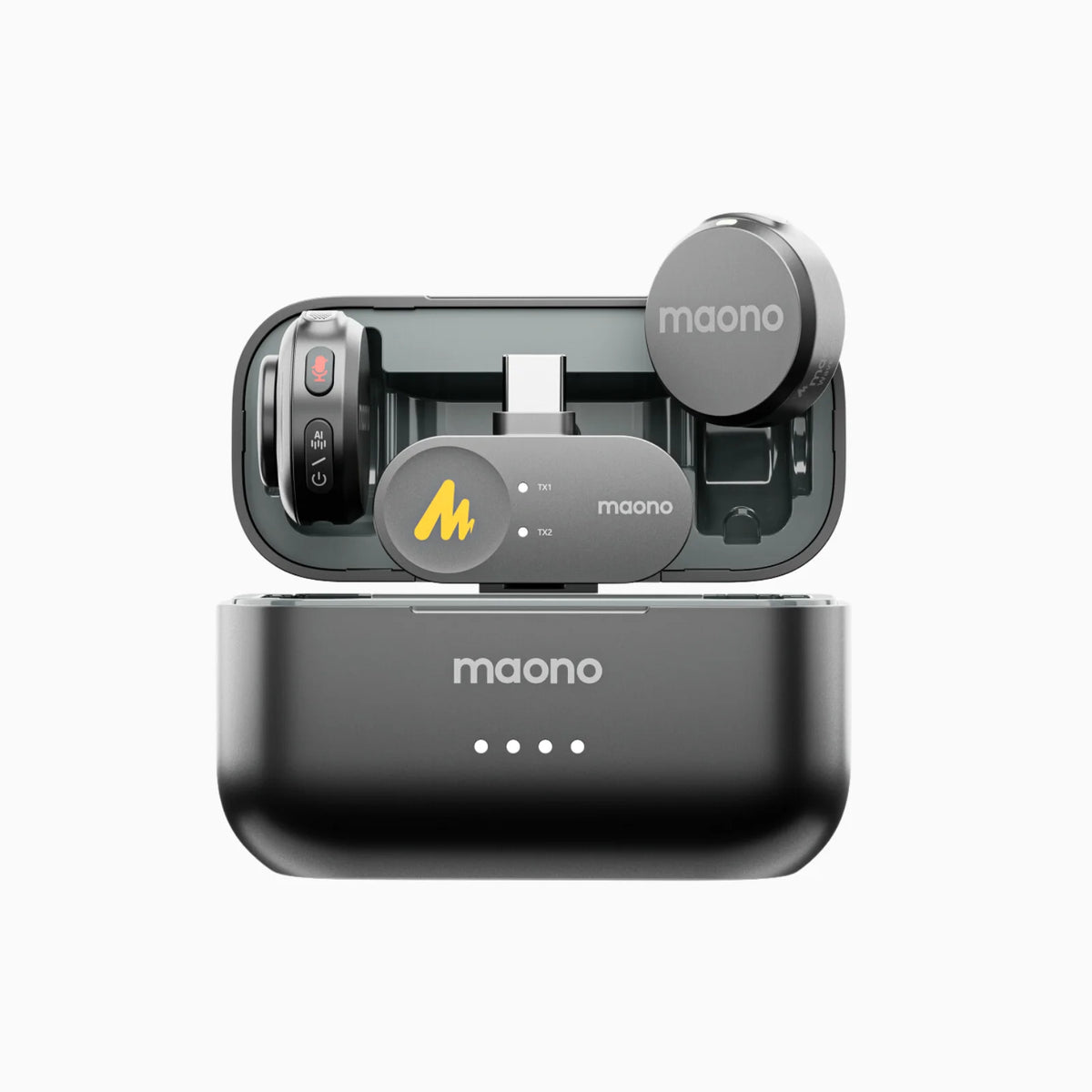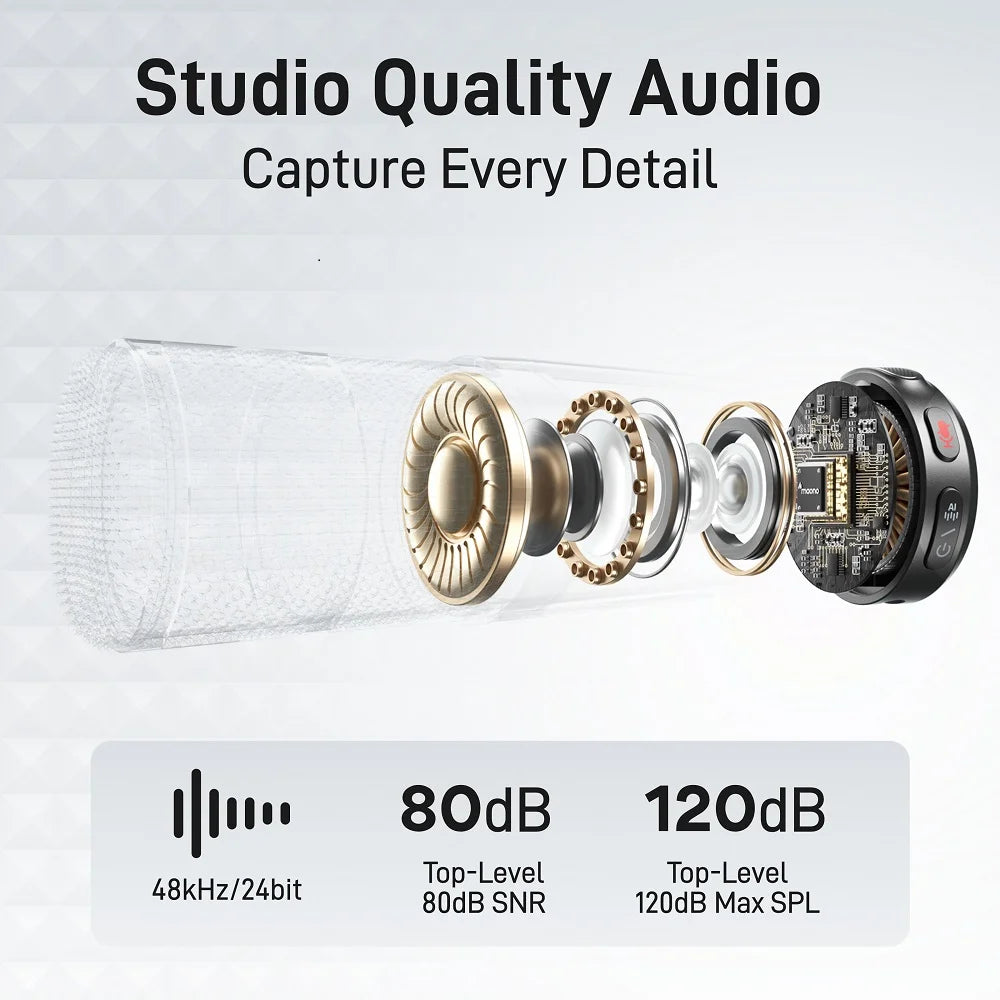When setting up a recording studio, whether at home or in a professional environment, the microphone is often the star of the show. However, another piece of gear is equally essential but frequently overlooked—the microphone stand, specifically a mic stand. Many people ask, "Is a mic stand necessary for recording?" The answer is a resounding yes, especially if you aim for professional audio quality and flexibility in your studio setup.
Why is a mic stand essential for recording studios?
A mic stand provides stability, precision, and ease of use in a recording environment. Holding a microphone in your hand or setting it on a desk limits its positioning, potentially affecting the quality of the recording. For studio environments, where capturing the clearest sound is paramount, the mic stand is indispensable. It ensures that the microphone stays perfectly still, reducing unwanted handling noise and allowing you to adjust it at the ideal distance and angle for the speaker, singer, or instrument.
What is a boom mic stand?
A professional boom mic stand is a type of microphone stand that includes an adjustable arm extending from the main vertical pole. This arm, or "boom," allows the microphone to be positioned in various ways without placing the stand directly in front of the performer. It is versatile, perfect for situations where the mic needs to be angled or placed overhead, and essential for multi-instrumental setups or vocal recordings where flexibility is key.
Is a mic stand necessary?
Yes, especially for professional recording environments. A mic stand eliminates the risk of sound inconsistencies caused by hand movements. It also offers an ergonomic solution, allowing you to focus on performance rather than worrying about keeping the mic steady. The use of a mic stand, particularly a boom stand, is vital for achieving consistent, high-quality audio.
What's the difference between a mic stand and a boom arm?
A boom arm is a type of mic stand that provides both horizontal flexibility and vertical mic placement, making it great for complex or ergonomic setups. A standard mic stand, on the other hand, is vertical with limited positioning, ideal for straightforward setups. Here's more detailed information about these two:
1. Mic Stand:
- Design: A standard mic stand consists of a vertical pole with a stable base (tripod or round base) to support a microphone.
- Use: It is ideal for situations where the microphone can be placed directly in front of the user. It offers height adjustments but has limited horizontal positioning options.
- Best for: Live performances, studio vocals, or static instrument recording where the performer is stationary, and the microphone needs to stay in a fixed, upright position.
Check out this Maono Microphone Desktop stand for a reasonable price.
2. Boom Arm:
- Design: A boom arm is an adjustable, extendable arm that is often attached to a mic stand or mounted on a desk. It allows horizontal positioning, often at different angles.
- Use: The boom arm is used to position the microphone in more flexible ways, such as overhead or to the side, without having the stand directly in front of the performer. It provides versatility in mic placement.
- Best for: Podcasting, radio shows, studio recording with multiple instruments, or tight spaces where the mic needs to be positioned away from the performer for better ergonomics or audio quality.
Why are some boom mics fuzzy?
When you see a "fuzzy" boom mic, it often has a windscreen or "dead cat" attached to the microphone. These accessories are primarily used to block wind noise and other environmental interferences. In outdoor settings or when capturing dialogue, this fuzzy cover prevents the microphone from picking up distracting sounds, ensuring cleaner audio. It's a common tool for film and TV production, but can also be useful in studio setups when working with sensitive mics prone to picking up ambient noise.
What are the benefits of using a mic stand in different settings?
In various settings, a mic stand offers flexibility and comfort. For musicians, it allows easy instrument access without crowding the performer. For podcasters and streamers, it ensures hands-free operation and precise mic placement, crucial for long recording sessions. A mic stand can also enhance the recording of acoustic instruments by positioning the microphone in the best spot to capture rich, full tones. The stand’s versatility in placement and adjustability makes it a must-have in different environments, from a studio to a podcast setup.
Top 7 Boom Arm Mic Stands for 2024
Let’s take a look at some of the best mic stands available in 2024:
1. Maono BA92

The Maono BA92 is a budget-friendly mic stand, Its design is to sit low on the desk, perfect for home studios, podcasts, and livestreaming setups. It has a stable build that offers a sturdy base, a well-built, rotatable, and adjustable arm, and a simple design that makes it compatible with a wide range of microphones like the PD400X, PD200X, PM500, PD100X, PD100/PD100U, DM50 and other brands such as the Shure SM7B, Shure MV7, Blue Yeti, Razer, Ice Snowball, HyperX Quadcast, Audio-Technica, and Fifine.
- Pros: Affordable, solid, and sturdy build, with adjustable & rotatable arm that’s rust and corrosion-resistant, 360 degrees adjustable joints
- Cons: Not ideal for heavy microphones weighing more than 2kg
- Price: Around $79.99
2. Maono BA37

For those looking for another high-performing option, the Maono BA37 offers superior flexibility and stability. Designed for professionals, this boom stand for beginners and pros is equipped with a weighted base, a longer boom arm, and advanced locking mechanisms for secure positioning. It's made of thick metal construction, providing stability, with internal springs for silent operation. This boom arm supports desktop thicknesses up to 2.36 inches and can hold microphones weighing up to 2 kg. It is compatible with Maono microphones such as the PD400X, PD200X, PM500, PD100X, PD100, PD100U, DM50, DM30RGB, and DGM20.
- Pros: Sturdy, professional-grade, compatible with various mic types, load capacity is up to 5.5 lbs, 360 degrees adjustable joints
- Cons: N/A
- Price: Around $54.99
3. K&M 210/9 Microphone Stand
The K&M 210/9 is a classic, durable mic stand widely used in studios and live performances. Its long boom arm allows for versatile mic placements without compromising stability.
- Pros: Durable, long-lasting, versatile
- Cons: Heavier than some stands
- Price: Around $101.99
4. Hercules MS533B
Known for its ease of adjustment, the Hercules MS533B features an instant clutch mechanism that makes height and angle adjustments smooth and effortless. It's a great stand for vocalists and instrumentalists alike.
- Pros: Easy to adjust, strong clutch system
- Cons: Higher price point
- Price: Around $84.99 to $184
5. Gator Frameworks GFW-MIC-0822
For podcasters and livestreamers, the Gator Frameworks GFW-MIC-0822 is a compact stand with a boom arm that's perfect for desk setups. Its compact size makes it great for small spaces without sacrificing functionality.
- Pros: Compact, easy to use for podcasts
- Cons: Limited reach due to size
- Price: Around $67
6. On-Stage MS7701B
This budget-friendly option is a go-to for beginners. The On-Stage MS7701B offers a great balance of cost and quality, making it ideal for home studios or small gigs.
- Pros: Affordable, lightweight, versatile
- Cons: Durability issues with long-term use
- Price: Around $34 to $37.95
7. Rode PSA1
A popular choice for podcasters and streamers, the Rode PSA1 is a boom arm designed specifically for desk mounting. It has a smooth, silent operation and can hold heavier microphones like the Shure SM7B.
- Pros: Smooth operation, desk mountable, great for podcasts
- Cons: Expensive for home setups
- Price: Around $99 to $130
FAQs
1. In what recording or streaming environment do you primarily use the mic stand?
Boom mic stands are versatile and can be used in a variety of environments. They are most commonly used in music studios, podcast setups, and live streaming. Their flexibility allows for ergonomic positioning, especially in tight spaces or multi-person setups.
2. How does the Maono mic stand perform in terms of durability and build quality?
Both Maono models, the BA92 and BA37, are highly durable, with strong metal construction. The BA37 is more suited for lightweight home studio setups, while the BA37 can handle heavier microphones and more frequent adjustments, both boom arm mic stands are ideal for professional environments since both offer excellent stability and long-lasting build quality.
3. Can you use the Maono mic stand for different types of recordings, like podcasts or music?
Yes, Maono boom arm mic stands are designed for a range of recording types. The Maono microphone desktop stand and the BA92 boom are both perfect for podcasters and streamers due to their compact size and affordability, while the BA37 is ideal for musicians and professional voice-over artists who need a durable stand for heavier microphones.
Conclusion
A boom arm mic stand is an essential piece of equipment for any recording studio, whether you're a podcaster, musician, or voice-over artist. Its flexibility, stability, and ability to keep microphones in the optimal position make it indispensable for achieving high-quality recordings. Investing in a reliable boom mic stand, such as the ones from Maono or other top brands, can significantly enhance your audio setup, ensuring smooth and professional-grade recordings for years to come.




